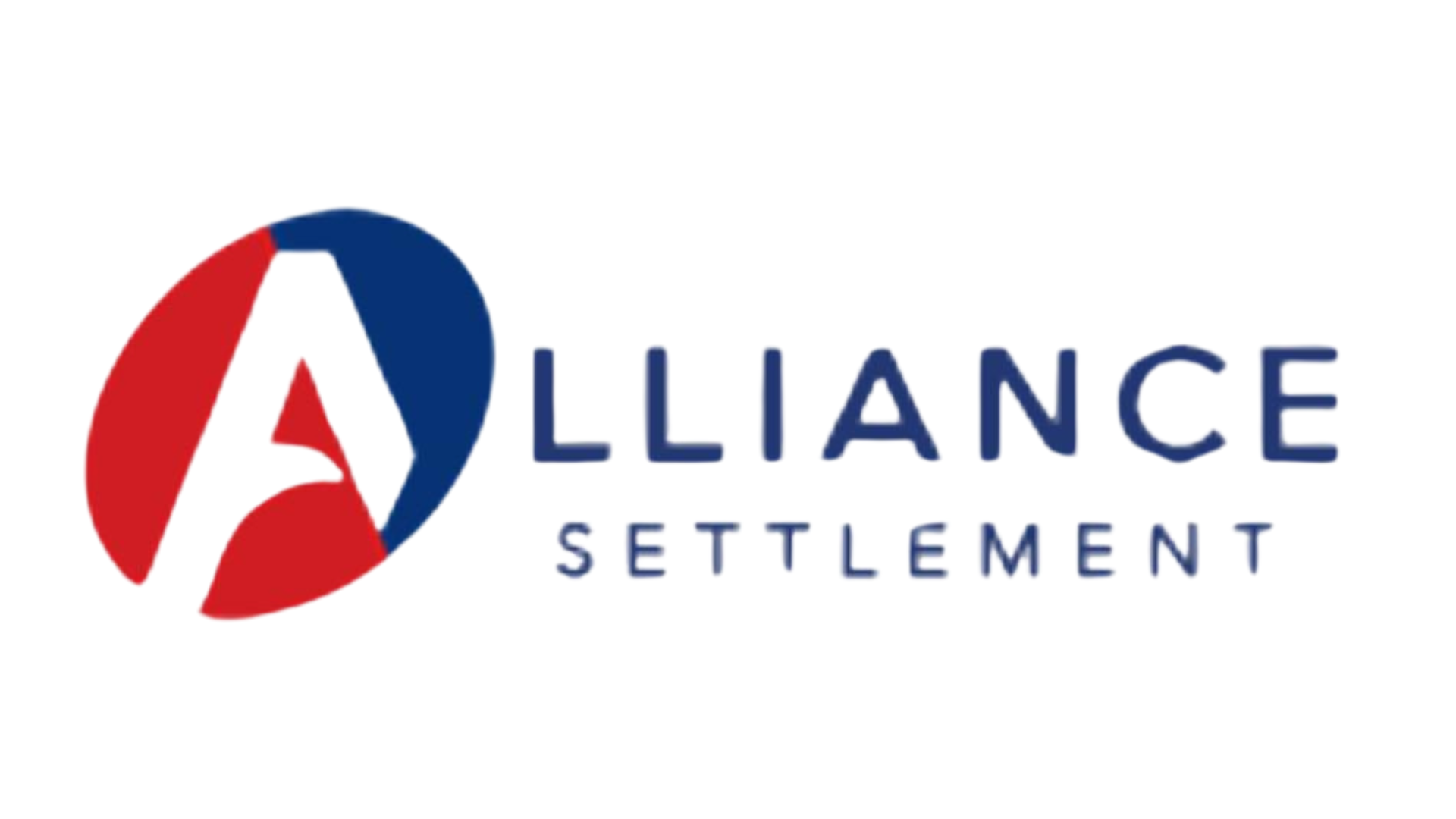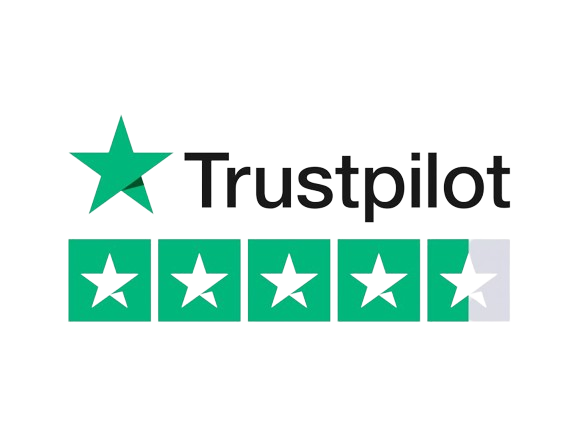You Won’t Believe What Your Debt Is Costing You
When it comes to the true cost of credit card debt, high interest rates are just the tip of the iceberg.
The true cost of credit card debt goes well beyond the monthly payment. It goes beyond the interest charges and even past late fees, especially when your balances are higher than you’d like them to be.
A closer look at the really real reality of debt will probably have you leaping for a plan of action if you are having trouble with credit card debt.
Compounding and Confounding
The true cost of credit card debt needs to be looked at from a different lens than we may be used to.
Typically, we look at an offer for a credit card in a super simplistic manner: What is the interest rate?
This well-packaged product makes it easy for consumers to accept. The interest rate on this card is 18%. For the first year, they’ll even waive the annual fee.
Easy.
People like easy.
Apply. Approved. Nice.
No further thinking necessary. That is how most people open a credit card.
A quick review of the interest rate. Check. What’s the annual fee? Okay. Oh, and look, the card has some promotions and benefits, too.
What we aren’t seeing, though, is the compound cost and the confounding marketing of this presentation.
For example, we never consider the default interest rate, which is what a creditor will raise the interest rate to after a missed payment- usually even just one time.
Again, humans like easy. We have enough problems to solve today, right in front of us. Our minds aren’t going to readily volunteer to solve a problem that may happen in the future. We don’t want to think ahead to future hardship, so we don’t lock this factor in. We may see it, view it as a “well that would suck” “well, that would be awful,” and then we quickly move on, trusting the status quo will hold.
We base our decisions on our current reality. The only issue with this way of decision-making is that when someone does fall behind on their account, they don’t know the implications. Their mind had not locked in the fact that their interest rate would increase. So, countless cardholders are using their credit cards, unaware of their interest rate and how it works. Their interest rate may have skyrocketed since they originally applied for the card, entirely unbeknownst to them.
Add that to the multitude of other numbers to consider and other less obvious costs. The iceberg below the surface is gigantic compared to the tip credit card issuers present.
First, The Numbers
Let’s start with the obvious costs- interest rates, annual fees, late fees, and over-limit fees.
In a perfect world, you would never experience any of these other than a possible annual fee. Credit cards can be used in a way that avoids paying interest by paying the entire balance each month. If you never fall behind, you never pay a late fee. If you stay below your credit limit, you avoid over-limit fees and likely help your credit score along the way.
It’s not a perfect world, though.
Life happens. Cars break down, pet’s get sick, furnaces break, and pandemics happen.
(That last piece would have been a humorous stretch a few years back. Nope. For real, they happen!)
We carry our balances from month to month. Accounts fall behind. We go over the limit.
Credit card issuers don’t impose fees on these things because they don’t want it to happen. They impose fees on these things because they know they will happen. They are in a unique position to capitalize on the inevitable misfortune of society.
Before we get too cynical, let’s dive into these basic numbers to kickstart our adventure to discover the true cost of credit card debt.


The Interesting Thing About Interest
Let’s take a look at a purchase from two different lenses. First, we will be paying with a credit card and paying the minimum payment at 18% interest. Second, all things the same but with the standard default interest rate of 29%.
Because of how credit card interest is calculated, the math really can be pretty obscure. A calculator is just about necessary to understand your numbers. Let’s keep that tool handy as we work through these numbers.
For our example, life just showed up, hard and fast as it so often does in these situations.
You wake up on a typical Tuesday to discover a hit-and-run driver scraped your car. Blue, gray, and white scrapes and scratches run your car’s length, and you can’t open the driver’s door.
You’ve been trying to reduce your expenses. When your insurance rates went up last year, you decided to drop your comprehensive coverage, which seemed like the wise decision at the time. A few quotes from autobody shops show that you’re on the hook for $3,500. This is an expense you definitely hadn’t planned.
Out comes the ol’ credit card.
Calculations: Compounding and Confounding
Interest is very obscure. We hear 18% and think, well, $180 on every $1,000. Steep, but reasonable.
That’s not exactly how credit card interest is calculated, though.
Interest is determined by a rather obscure calculation that uses your average daily balance throughout the billing period. Your interest rate is then divided by 360 or 365, depending on the creditor, called your daily periodic rate. The average daily balance is then multiplied by the daily periodic rate to develop your interest charge.
Don’t forget- you pay interest on your balance. So, when you are charged interest, you get the honor of paying interest on your interest. This is called compound interest.
Then you pay interest on your annual fee.
Compounding and confounding.
Credit card companies calculate your minimum payment differently, but let’s assume it is calculated at the cost of the interest + 1% of the balance. The monthly payment on this $3,500 purchase would be about $87. Paying just the minimum payment of $3,500 in debt would take 238 months, nearly 20 years, and cost you a total of $8,173.
All in, even a relatively low-interest rate can keep you in debt for a long time.
If this already has you uncomfortable, you might want to learn about Alliance Settlements debt relief programs before going into this next piece because it’s pretty heavy.
The Big Jump
Those numbers were all under the assumption of that purchase accruing interest at 18%. Let’s assume you have had trouble with credit card debt and fell behind at some point. Your interest rate skyrocketed to 29%. You’ll see that your chances of getting out of debt were sent to the moon on that rocket, too.
Now, it isn’t likely you made that $3,500 purchase and fell behind right away, but let’s keep the example simple and use that same figure. Let’s raise the rate to 29% on the calculator and look at the $3,500 balance with a payment of interest + 1%. Well, it just about breaks your soul.
Your payment jumped from $87 to $119.58, and the time to pay off the debt has jumped from 238 months to 258 months. It would take over 21 years to pay off that one $3,500 charge. The original purchase, along with interest paid, puts your total cost to over $11,200.
How credit card interest is calculated is clearly intended to keep struggling consumers struggling.
Health Effects of Debt
Let’s look beyond the numbers for a moment.
Debt is stressful. And stress is damaging.
Financial stress goes well beyond angst and worry. It can also put you at a greater risk of a slew of health issues. Here are just a handful of the many health issues known to be brought about by stress:


Depression
Heart Disease
Insomnia
High blood sugar
High blood pressure
Migraines
Lack of Focus
Digestive Issues
These health issues certainly aren’t solely due to credit card debt, but it is not a big jump to say debt can be a factor. Debt is stressful and stress is harmful. So when we are considering diet and exercise as a way to reduce stress for health reasons, we may want to consider our trouble with credit card debt as well.
It Doesn't Stop There
While the toll on our physical and mental health can be devastating, financial stress can also take a huge toll on our relationships too. We skip out on opportunities to enjoy time with friends and family because of the expense. Whether it be a date, a meal out, or a vacation, financial concerns are quick to come to mind when deciding whether or not to join in.
It is no stretch to say that people may have turned down dates and activities because of their finances.
Words matter. Let’s not minimize the impact of trouble with credit cards. Let’s rephrase that sentence.
Because of how credit card interest is calculated, people have turned down love and life’s most incredible experiences.
The Big Picture
The true cost of debt is massive! The financial implications are easily quantifiable. By paying the minimums only, you pay them for 20 years and wind up paying more than your original purchase amount in interest.
The cost to our health and relationships is a bit more obscure but still clearly evident.
Along the way, you turn down dates and adventures with friends and family. You develop depression, heart disease, and high blood pressure the very next day and amass tens of thousands of dollars in medical debt.
All because of that d**n furnace.
Yuck. Okay, that’s a bit extreme, but you get the point.
Boy, this article is kind of stressful.
Let's Talk Solutions
The good thing is that there is hope. Simply learning the true cost of credit card debt is a great first step to a debt-free future. There are options to overcome debt. Self-knowledge is where your journey starts.
The simplest and most obvious way to avoid being in this worst-case scenario is to pay more than the minimum payments. That’s it. Simple! If you pay more than the minimums, you minimize the amount of compound interest you pay and shorten your time to become debt-free. The more you pay, the faster you get out of debt.
We know that not everyone can afford that, though.
Suppose you are having trouble with credit card debt. In that case, debt relief programs can provide an effective strategy to becoming debt-free. There are many approaches to getting out of debt. Your unique situation will determine what approach is best for you.
If you struggle to meet your minimum payments, how credit card interest is calculated will keep you in that cycle for way too long.
If you are behind on your debts or feel like you are inevitably going to fall behind, speak with a Debt Advisor at Alliance Settlement about our debt relief programs. Debt settlement can provide you with a plan of action to deal with delinquent debt. Don’t be stuck paying minimum payments for over 20 years!
Debt settlement is a debt relief program that is proven to be both a time-effective and cost-effective way to deal with debt. The goal is simple- we negotiate to settle debt for less than the full amount owed.
Debt settlement reduces the entire balance, including the principal balance, interest, and fees, for less than the full amount owed. The goal is not just a reduction of the interest rate but the entire actual balance due.
Our goal at Alliance Settlement is to settle debts to save you as much as possible and to give you relief from the overwhelming stress of debt. Timeframes will vary depending on how quickly you can fund your settlement savings, but most programs range from 24-48 months. Much better than the 20-year outlook we saw before.
A Happy Ending
See, we promised there was hope!
Now that you know what your debt is costing you, you have to decide if you are okay with it. If not, what are you going to do about it?
Ideally, you can afford to pay more than the minimums. In that case, wonderful! Pay more than the minimums, as much as you possibly can from month to month, and destroy that debt. If your finances don’t allow that, speak with us. We can explore debt relief programs that can provide you a plan of action to put your debt behind you once and for all.










